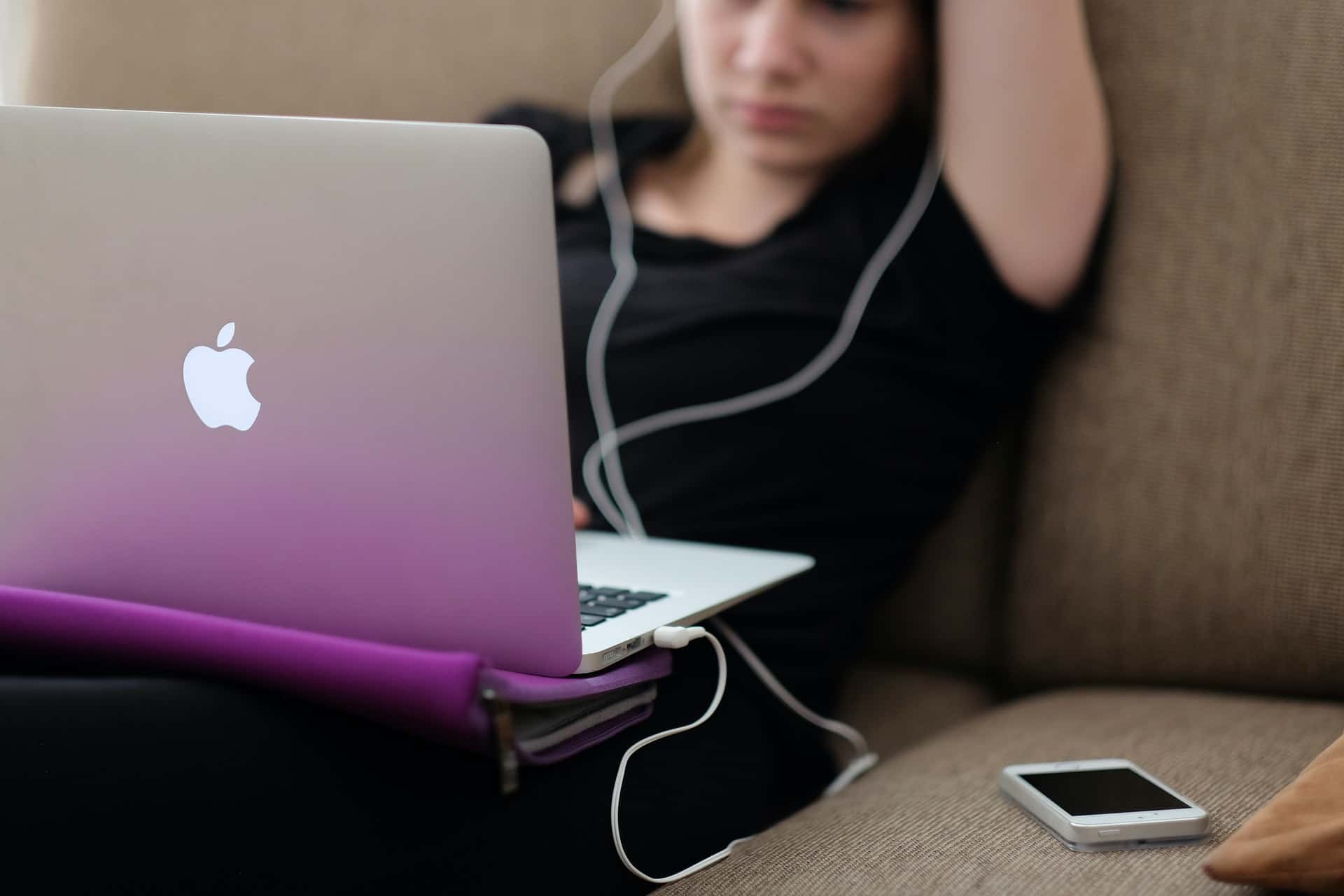Teletherapy has been a studied modality in the treatment of mental health issues for years, especially with the rise of affordable and accessible telecommunication tools, via smartphones, tablets, laptops, and home computers. Even older smartphones can handle video calls with multiple parties halfway across the world at any point in time – there’s no reason that the very same technological advantage can’t be used in medicine.
With the ongoing pandemic, however, telemedicine and teletherapy went from being alternative modalities to central means of treatment for many teens and adults. Immunocompromised patients, in particular, couldn’t afford to go visit their therapist or doctor during the height of COVID, and regions with ongoing lockdowns or limitations in public transport would have had to rely on teletherapy options in order to access mental health resources and get the help they need.
Given these circumstances, one of the most important questions asked during the onset of the pandemic was: how effective is teletherapy, really? And can it provide the same kind of efficacy as face-to-face treatment, in a time when most people are experiencing a peak in anxiety and depression?
How Effective is Teletherapy?
A systematic review of teletherapy research conducted in 2017 found that from among 156 different research articles published on the topic since 2000, 25 eligible articles and 55 credible articles provided an overarching conclusion that “telemental health care can provide effective and adaptable solutions to the care of mental illnesses universally.”
In particular, the analysis praised teletherapy as being “particularly advantageous and inexpensive through the use of current technologies,” especially for isolated communities and underprivileged patients.
Among other findings, the studies focused on advances in the use of technology and patient interfacing through telemedicine and teletherapy tools. Advances made include the ability to:
- Systematically analyze facial expressions on patients.
- Track and study bodily versus cognitive arousal.
- Provide improved clinical outcomes and patient education.
- Provide feedback via online counseling, and easily facilitate distant treatment.
- Enables rapid mental health diagnosis, while drastically cutting both patient costs and healthcare costs.
- Enables the easy and safe exchanging and creating of mental health information within professional networks.
- Can make use of interfacing features to enable treatment for deaf patients, providing equitable care.
The distinct advantages provided by teletherapy included:
- Easier and improved access to care.
- Excellent results in both individual and group therapies.
- The creation of social networks between patients and healthcare providers.
- Flexible interactions, easier scheduling, and better convenience.
- Automated questionnaires made both diagnosis and treatment easier.
- Potential for future innovations in the field.
That being said, a few challenges were also identified. The most common ones include the following:
- Cost of setting up an online telehealth service (for clinics and practices).
- Quality control in communication.
- Limited professional (trained) skills in online communication.
- Information privacy.
- Regulatory concerns.
Telehealth, while effective, is still relatively new in the world of psychiatry, and medicine in general. It can take decades for a modality to be thoroughly explored, and for unique or problematic use cases to arise. The pandemic massively accelerated this process, forcing telepsychology into the homes and phones of thousands of Americans who rely on therapeutic services over the course of the government’s stay-at-home orders.
Medicare, Medicaid, and different private insurance companies relaxed their rules on telehealth services and made it much easier for practices to offer teletherapy and other remote healthcare tools while making it easier for insured patients to seek care online.
As a result, many practices ran into hurdles and roadblocks on the path to proper implementation, as they struggled with the scale of managing multiple patients via teletherapy, introducing group telehealth services, and translating in-person communication skills into screen-to-screen contact.
Some felt they lacked the competence and confidence they had when discussing topics with patients on a face-to-face basis, while others were finding themselves struggling to adapt to the technological hurdles and troubleshooting requirements that arise when dealing with telecommunications technologies.
Nevertheless, teletherapy is not just a crucial tool during the pandemic, but a useful modality for countless people who want easier and cheaper access to mental healthcare, the ability to consult a doctor from the privacy of their home, greater convenience, and for those who lack the means to get themselves to a healthcare professional’s office physically.
In conclusion, most research finds that, even in the most conservative light, teletherapy is an incredibly useful tool for elevating conventional mental healthcare, granting access to a wide variety of alternatives for at-risk youth, and lowering the barrier of access to care.
Teletherapy for Teens
One of the unique challenges associated with teletherapy is engaging with younger adults and teens. The Anxiety & Depression Association of America suggests some of the following for teens, parents, and healthcare providers on the topic of teens seeking therapy online:
- Some kids and teens might feel more comfortable talking with a therapist while mildly occupied. Speak to teens or parents about bringing a stress ball, fidget spinner, toy, or another object to therapy to give a child or teen something to physically preoccupy them while they’re talking.
- Some teens respond well to creative exercises. If you don’t already do so, consider incorporating drawing, sketching, writing, or other forms of art and creativity into your therapy sessions.
- Consider encouraging notetaking. Therapy is something teens might want to revisit and study, especially when it takes the form of certain mental exercises.
- Make a plan as to who will be joining the call, and how they’ll interact. Will you be hosting the call with both the teen and their parent? Is it a one-on-one? Is it group therapy? Be sure everyone involved – including yourself – has the right expectations when going into any given session.
- Consider some therapy games. Surprisingly, there are online teletherapy games and worksheets/template activities for kids and younger teens. These may help patients be more responsive to treatment and therapy, and learn better.
- Encourage asking questions. Kids and teens alike are curious, some more than others. But they may not always be comfortable, especially when discussing their mental health struggles for the first time with an adult stranger. Encourage the asking of questions.
Mental health has always been an important yet maligned topic in society, but it’s taken the spotlight during the COVID pandemic as one of the most severe issues facing teens and adults alike because of the stress, the death of loved ones, a record economic downturn, and worries for the future as we find ourselves in the second long year of the pandemic. If you are struggling, or know a loved one who is having a hard time, consider seeking teletherapy services.








